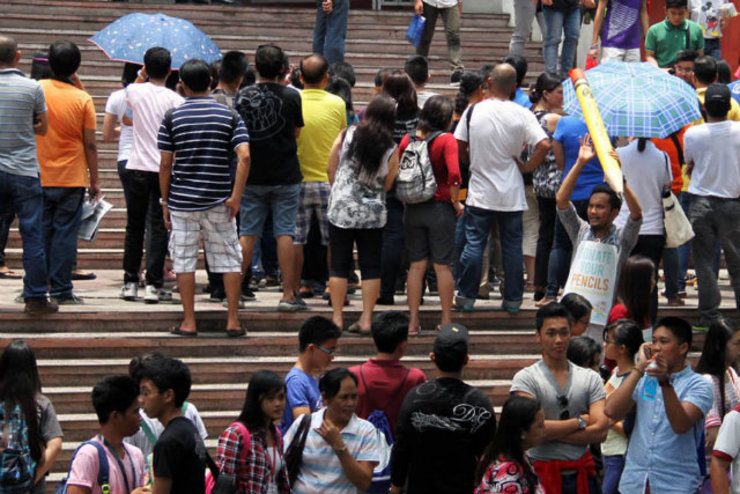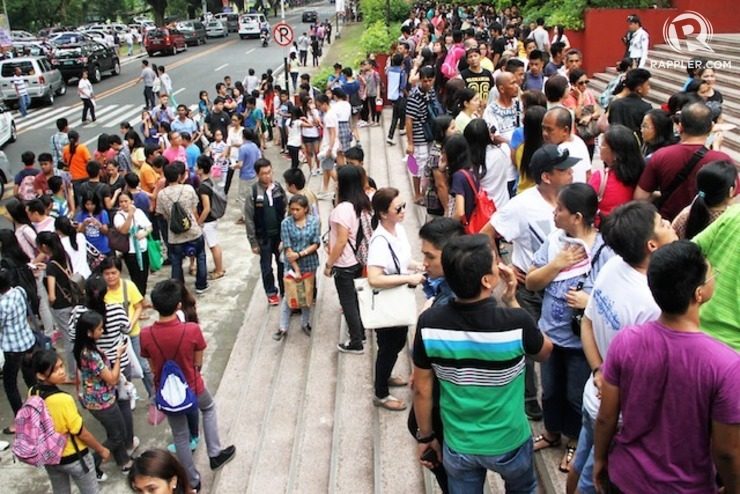SUMMARY
This is AI generated summarization, which may have errors. For context, always refer to the full article.

MANILA, Philippines – More than 88,000 senior high school students are expected to take the University of the Philippines College Admission Test (UPCAT), for the admission to the academic school year 2015-2016.
However, while the number of examinees increased from last year’s 84,000 applicants, the number of slots remains limited.
Considered as one of the most competitive college entrance exams in the country, the UPCAT serves as the sole entry point for some 12,000 of the 88,000 high school students who will be given a slot at the premier university.
Inaccessible?
A group of professors and academicians recently raised the issue on the accessibility of UPCAT considering the rigorous competition for UP education.
According to the study, UPCAT, high tuition and other fees and high cost of living deter poor but deserving students from entering the state university. They have also argued that the UPCAT reportedly favors those coming from private schools more than those hailing from public schools.
Addressing this, Professor Aurora Odette Corpuz-Mendoza of the UP Office of Admissions said that they have taken measures to improve the application process.
“If we follow the ‘recruitment, selection, placement model’, you have to realize that part of addressing the access issue is giving access to the application,” Mendoza added.
Ahead of this year’s UPCAT, Mendoza directed the expansion of UPCAT application centers to all UP regional units. UP also added two testing centers to accommodate applicants from far-flung areas.
The state university also signed a MOA with a courier service for the collection and delivery of applications to and from the autonomous units of the state university.
All of these efforts aim to bring the application opportunity closer to far-flung areas and other public elementary schools.

Public vs private
Responding to the study, Mendoza also said that looking into the preliminary statistics of UPCAT qualifiers, the percentage of qualifiers from public schools are actually higher than those from private schools. However, there are more students from private schools who take the exam compared to the number of public high school students.
Therefore, Mendoza said, there is a need to increase the number of public school students who are applying for UPCAT.
“In order to apply, [public school students] usually have to cross the river, climb mountains or spend money for the courier. But if you give them an application opportunity closer to where they are, you will increase the probability that they will apply,” Mendoza added.
The UP professor also revealed university preparations for K+12. Due to the K+12 transition, Mendoza said that they are only expecting 30% of the usual number of UPCAT applications in the following year.
“There will be a review of the exam and we will focus more on the possibility of revising the UPCAT itself based on the levels of skills that will be needed in the university,” Mendoza said. – Rappler.com
Add a comment
How does this make you feel?





There are no comments yet. Add your comment to start the conversation.